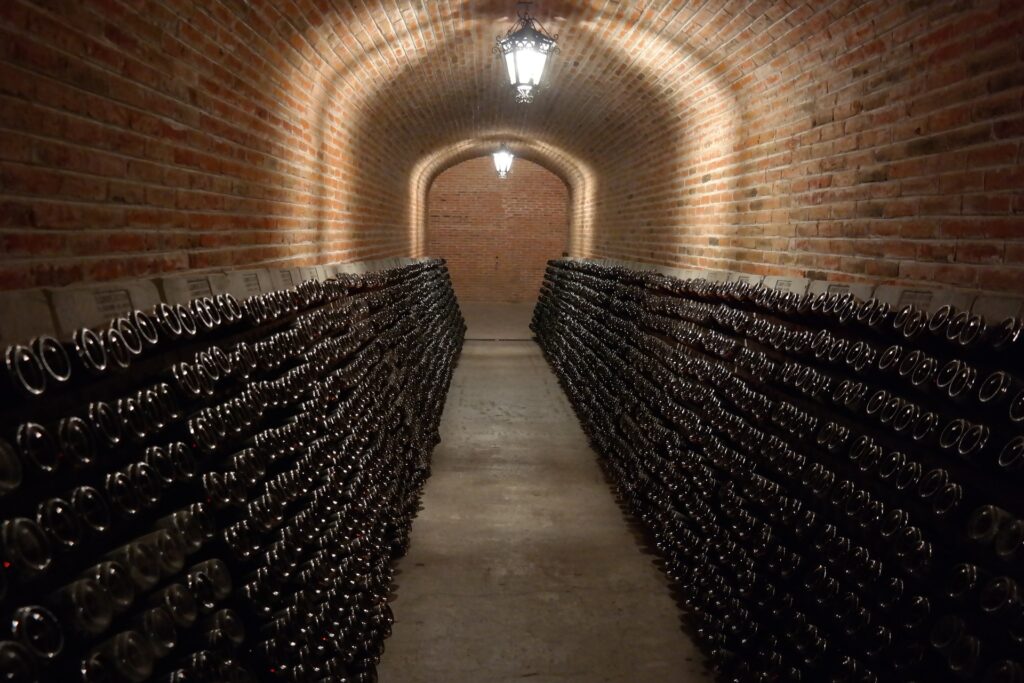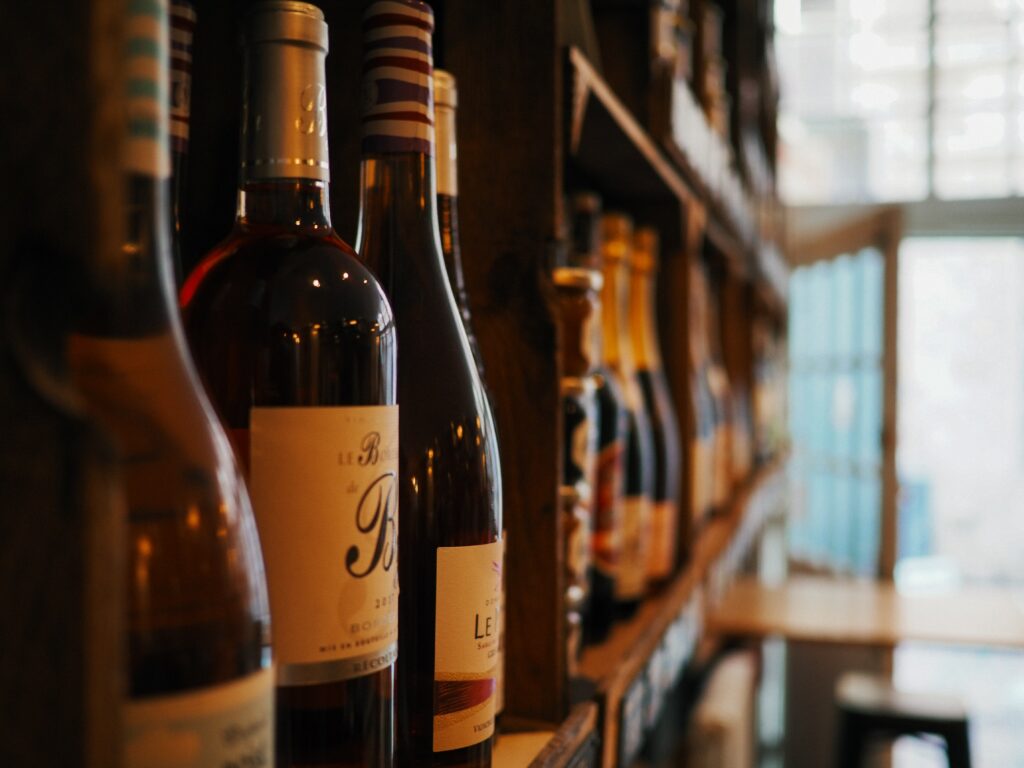Understanding Wine: From Vineyard to Glass
Wine: a simple, four-letter word that encapsulates a universe of taste, tradition, and time. But what is wine, really? Beyond being a cherished beverage, it is a convergence of science and art, a testament to human ingenuity and the beauty of nature. This article will break down the essence of wine, exploring its origin, composition, production process, and the pleasure it brings to the palate and the soul.
The Origin of Wine
Wine has been integral to human history, tracing its roots back thousands of years. Archaeological evidence suggests that wine was first produced as early as 6000 to 5000 BC in what is now Georgia and Iran. This long history is a testament to its enduring appeal and its deep-seated role in human culture and society.

Wine Composition: The Basics
At its core, wine is an alcoholic beverage made from fermented grape juice. However, this simple description belies the complexity of what ends up in your glass. The components of wine – sugar, acid, tannins, and alcohol – play a crucial role in shaping its flavor, texture, and aroma.
Winemaking Process: Science Meets Art
The journey of wine begins in the vineyard, with the cultivation of grapes. The ripeness of the grapes at harvest, which is carefully decided by the winemaker, will influence the sweetness, acidity, and potential alcohol content of the wine.
Post-harvest, the grapes are crushed, and the juice is extracted for fermentation. Yeasts, either naturally occurring or introduced, consume the grape sugars, producing alcohol and carbon dioxide.
Then comes the maturation phase. Depending on the style of wine and the winemaker’s vision, the wine may be aged in stainless steel tanks or wooden barrels. This aging process can further develop the wine’s flavor and character.
Finally, the wine is bottled, ready to be enjoyed after some additional aging, or immediately, depending on the style.

The Influence of Terroir
The French term ‘terroir’ refers to the complete natural environment in which a wine is produced, including factors like soil, climate, and topography. The concept of terroir is central to wine, as it is believed to impart unique qualities to the wine that cannot be replicated elsewhere.
The Spectrum of Wine Styles
Wine is not a monolith; it manifests in a myriad of styles. From the light and delicate to the robust and full-bodied, from bone-dry to sweet, and still to sparkling, there is a wine to suit every palate and occasion.
Wine Appreciation: A Joyful Journey
Appreciating wine goes beyond just drinking; it’s about savoring each sip, understanding its origin, and exploring the stories behind the bottle. It’s about pairing it with food and noticing how the flavors interact. It’s about sharing it with others and creating memories.
In essence, wine is more than just a beverage – it’s an experience, an expression of its origin, a product of passion and precision, and a source of pleasure. It captures the essence of its terroir and the spirit of the winemaker, delivering a world of flavor and aroma in each glass. So, the next time you pour yourself a glass of wine, you’ll know it’s not just wine – it’s a sip of history, a taste of the land, and a celebration of life.
